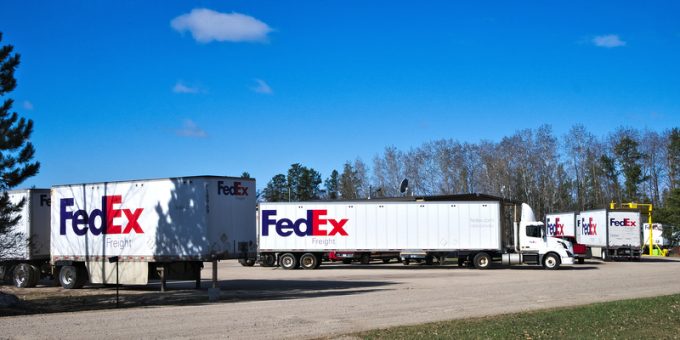The Loadstar leader: Farewell FedEx's Fred Smith, who blazed a trail for so many
FedEx’s Fred Smith was testament to how logistics is a rich and fertile land for ...

A few large US customers of FedEx were in for a surprise recently when the integrator suddenly pulled equipment allocated for SmartPost traffic.
John Haber, chief executive of logistics expenditure consultancy Spend Management, said one of his clients that usually filled three trailers a day was ...

Comment on this article
WonderPush
December 30, 2020 at 11:26 amA simple way to look at intelligent commerce is by understanding the importance of recommendations during the buyers’ experience.